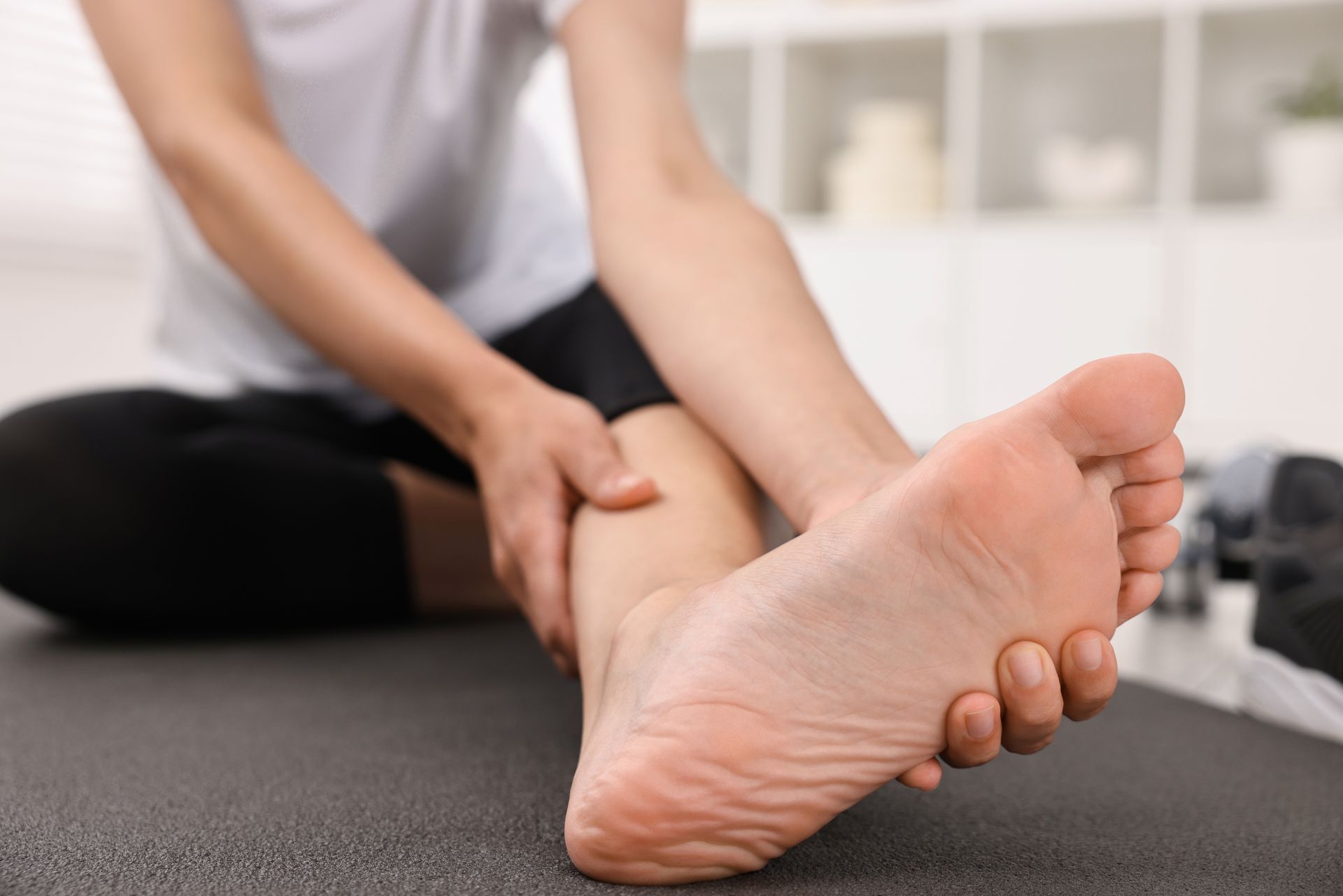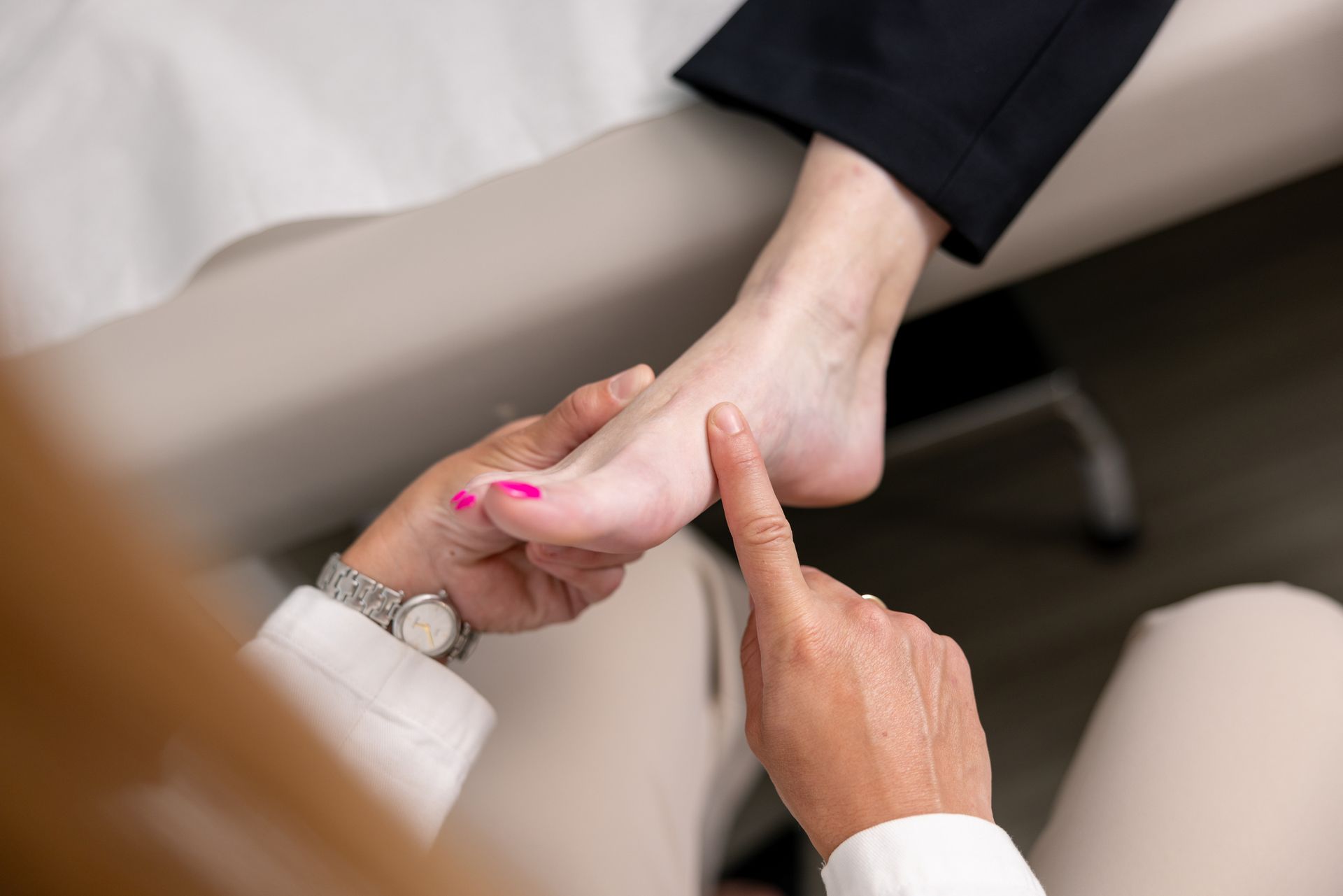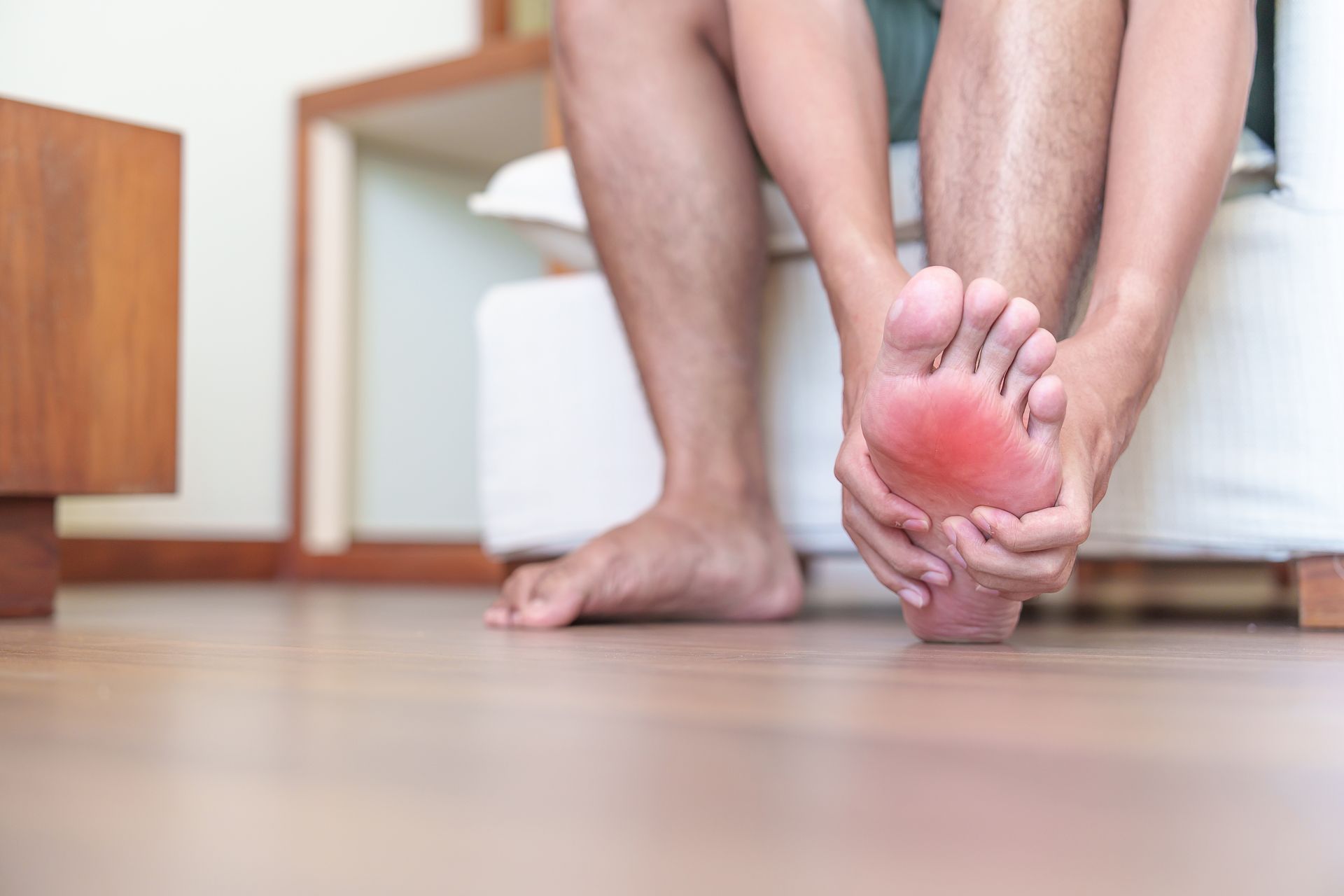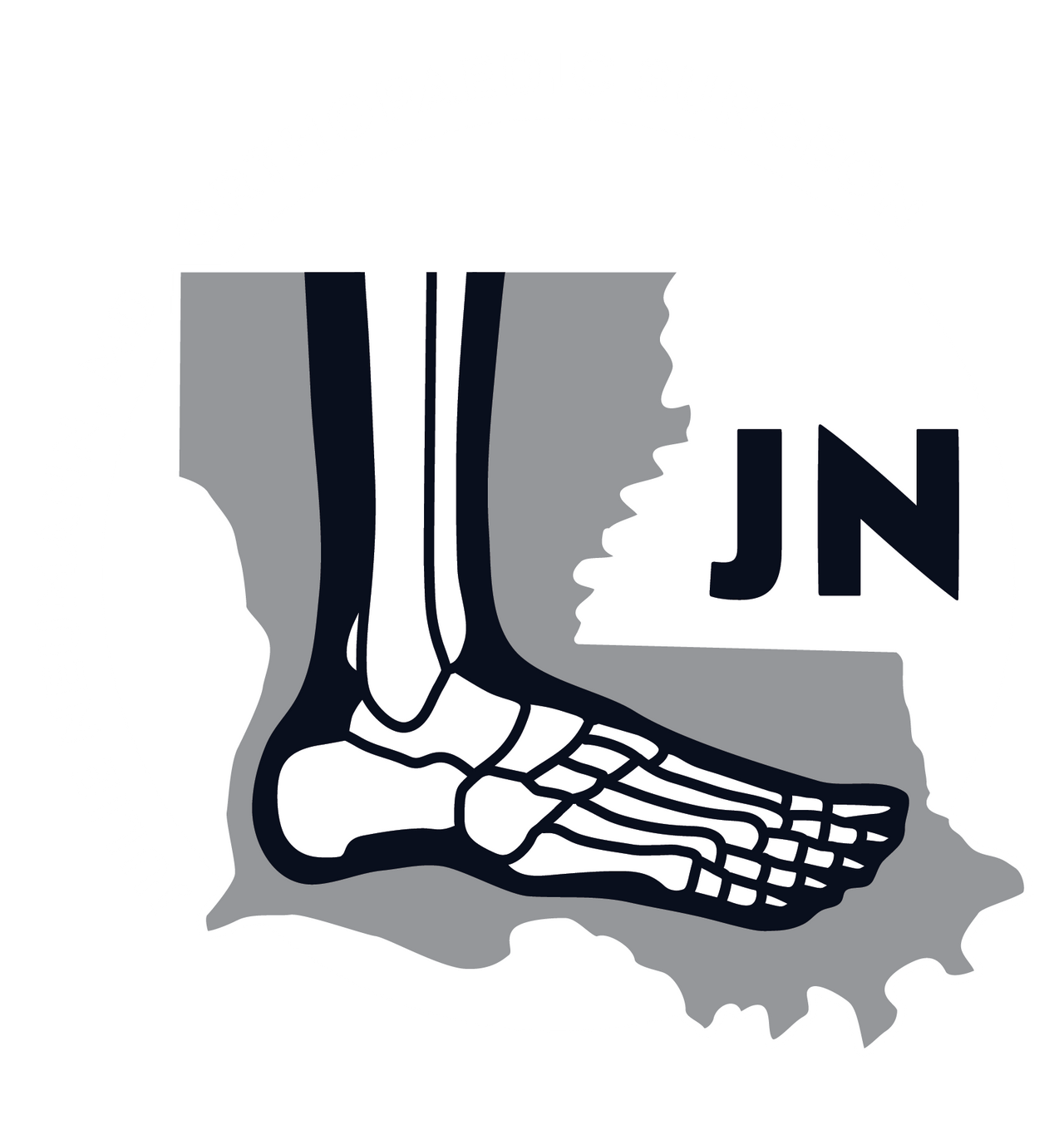The Achilles tendon, a robust band of tissue connecting the calf muscles to the heel bone, is crucial for walking, running, and jumping. However, a rupture in this tendon can be a painful setback. Understanding the available treatment options is essential for a swift and effective recovery.
Non-Surgical Approaches for Achilles Tendon Ruptures
Initially, rest and immobilization may be prescribed by Dr. Neumann, and immobilization is often achieved through a cast or walking boot. This approach allows the tendon to begin healing without the risk of further damage or strain. Physical therapy and other interventions may follow once the initial healing occurs, but rest and immobilization are often the first steps in treating an Achilles tendon rupture.
Physical therapy is an essential component of recovery for Achilles tendon ruptures. It focuses on strengthening the surrounding muscles, improving flexibility, and gradually reintroducing weight-bearing activities. By engaging in physical therapy, patients can help speed the healing and improve their overall function and mobility. Following surgery, a comprehensive rehabilitation plan is crucial for restoring strength, flexibility, and function. Rehabilitation may involve a range of exercises and interventions designed to improve mobility, reduce pain and swelling, and prevent re-injury. Depending on the severity of the rupture and the patient's specific needs, rehabilitation may take several weeks or months to complete.
For individuals with Achilles tendon ruptures, orthotic devices or braces may be recommended by Dr. Neumann to support the foot and ankle during the healing process. These aids can provide stability and reduce strain on the healing tendon, allowing it to recover more quickly and effectively. Orthotic devices and braces are typically tailored to each patient's specific needs and goals and can be adjusted as the healing process progresses.
"Dr. Julie Neumann did my Achilles tendon repair. When it ruptured, I was in so much pain and so afraid. She was very comforting and explained everything and what the recuperation and rehabilitation would entail up front, so I knew what to expect. The surgery and recovery went great, and I was very happy with Dr Neumann and her staff."
D. Lambert
Surgical Interventions for an Achilles Tendon Rupture
Open-repair Achilles tendon surgery may be recommended for individuals when non-surgical methods are insufficient. Open-repair surgery involves making an incision in the back of the leg to suture the torn tendon together. While this is a more invasive procedure than non-surgical approaches, it may be advisable for individuals with severe or complex ruptures or for individuals wishing to lower the risk of re-rupture of their Achilles once healed. Recovery following open repair surgery typically involves a comprehensive rehabilitation plan, including physical therapy and other interventions, to help restore strength, function, and mobility.
Percutaneous repair for an Achilles tendon rupture is a less invasive alternative to open surgery. This procedure involves making smaller incisions and using specialized instruments to reattach the tendon. Compared to open repair surgery, percutaneous repair may offer a faster recovery time and fewer complications. However, this approach may only be suitable for some patients, and the choice of percutaneous repair or another treatment option should be made on a case-by-case basis.
Tendon Transfer - Dr. Neumann may recommend a tendon transfer if the Achilles tendon has extensive damage, is completely severed, or is too short to be sewn back together. For this procedure, Dr. Neumann repositions a tendon responsible for flexing the big toe. This tendon, known as the flexor hallucis longus, runs along the back of the calf and the inside of the ankle and foot. She uses the same incision to disconnect the flexor hallucis from the big toe and to anchor it to the heel bone using a screw. The tendon is sutured to the Achilles to help reinforce it. She closes the incision with sutures.
You may experience some pain in the calf and ankle and weakness in the big toe immediately after surgery. However, the foot's function remains intact because other muscles that move the big toe take over.
Allograft Repair - An Allograft Repair is a surgical option for Achilles tendon ruptures, using a tendon from a deceased donor.
The procedure involves replacing the damaged tendon with the donor's tendon and attaching it to the heel and calf muscles. This approach may lead to quicker rehabilitation and a faster return to physical activities. Patients often experience successful outcomes with comparable functionality to a healthy Achilles tendon. However, consult Dr. Neumann to discuss individual suitability and potential risks.
How Can I Prevent Future Injuries After an Achilles Tendon Rupture?
Preventing future orthopedic injuries and maintaining long-term care after an Achilles tendon rupture is crucial for overall health and well-being. One way to prevent future injuries is through calf-strengthening exercises. By strengthening the calf muscles, individuals can reduce the risk of reinjury to the Achilles tendon. Activities such as toe raises and eccentric heel drops are commonly recommended to improve calf muscle strength. These exercises can be performed at home or under the guidance of a physical therapist.
A gradual return to activity helps prevent reinjury after an Achilles tendon rupture. Patients are advised to reintroduce activities gradually and avoid rushing back into strenuous activities, which can increase the risk of recurrence. This approach allows the tendon to heal properly and regain strength and flexibility gradually. Following a gradual and structured return to activity plan, patients can safely and effectively restore mobility and function while reducing reinjury risk.
The treatment of Achilles tendon ruptures is multifaceted, involving a combination of non-surgical and surgical interventions. The choice of treatment depends on factors such as the severity of the rupture, the patient's overall health, and individual goals and preferences. With proper care, rehabilitation, and a commitment to preventive measures, individuals can significantly improve their chances of a successful recovery and reduce the risk of future injuries to the Achilles tendon.




